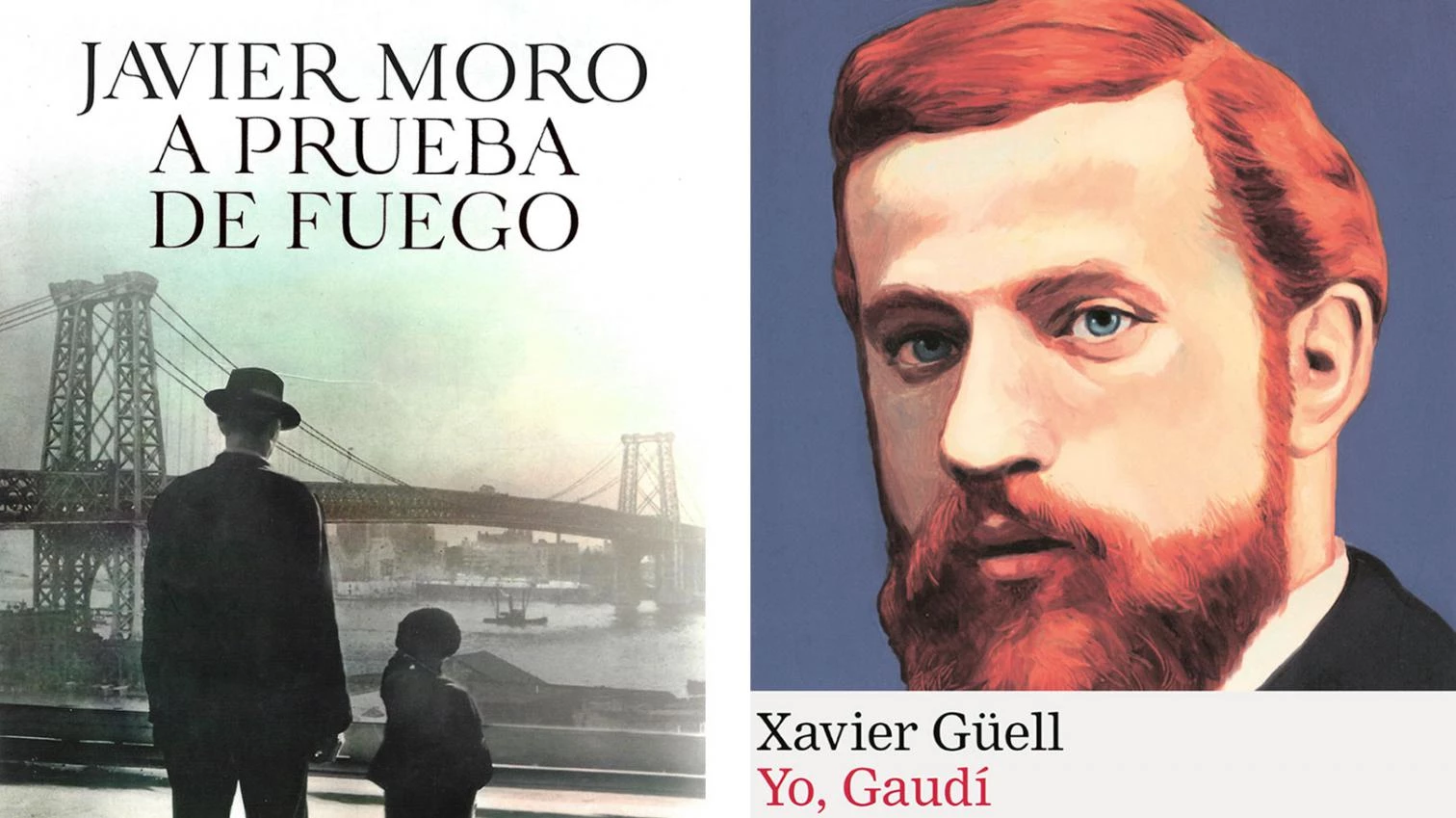
One attribute of the genius is falling into oblivion. The temporary oblivion to which figures now gracing Olympus descended, from Velázquez to Lautréamont, Borromini to Tesla, and into which also dropped the two blurry architects that two recent books should help profile more sharply: Rafael Guastavino and Antoni Gaudí.
Although on his death in 1908 American dailies called him “the architect of New York,” Rafael Guastavino soon entered the limbo of architecture, and amnesic modernity kept him there. Not until the 1980s, with sensitivity to heritage revived, was he reappreciated for what he had always been: a testimony to the inventive tradition of that much reviled 19th century. A consequence of the resurrection was a birthing of monographs taking stock of his tectonic imagination and business acumen, besides key aspects of his biography. Even so, Guastavino fell short of impressing upon the collective imagination, and remained a famous name one cannot put a face to.
Maybe A prueba de fuego, the novel Javier Moro devotes to the Guastavino family, can inject flesh and bone into the historiographic shadow that the architect born in Valencia in 1845 still is. Not only due to Moro’s good writing, but thanks to his research, which included unearthing letters and weaving with them a narrative where facts are complemented by intimate incidents.
Moro describes the formative years of a talented and precocious albeit not misunderstood Guastavino, and tells of flings, featuring love chidren, that led him into a personal and professional dead end: the same deadlock that sent him embarking for the US at 39, with practically no English in tow.
In the land of opportunity Guastavino found fertile ground for his inventive powers, and proceeded to apply the brickedup vault typical in Spain’s Mediterranean coast, the ‘Guastavino System’ he patented in 1885, to constructions of American modernity: bridges, stations, churches. This bore fruit in over 300 buildings that he built in New York, solo at first and later with his namesake and sort-of-rival son, among them Penn Station (where he worked with his friends McKim, Mead & White), the Great Hall on Ellis Island, and the City Hall Subway Station.
The Guastavino system’s fortes were structural efficiency, typological adaptability, and resistance to fire, and its inventor knew how to make the best out of them, convincing reticent technicians through spectacular tests, such as the one the title of this book – fire proof – refers to, where a stretch of vault bearing a load of 200 kilos per square foot was set ablaze, to no effect.
Though it also sharpens the profile of a renowned but little-known personality, Yo, Gaudí is different. The conductor Xavier Güell, great-great-grandson of Gaudí’s patron, stays on the introspective path of other works of his to voice a Gaudí speaking in the first person. The result is a well constructed portrait – in exquisite albeit of course fictional language – that brings up unknown aspects of the master’s life and throws light on the man who remains hidden behind the glorious but arcane name of ‘Gaudí.’







